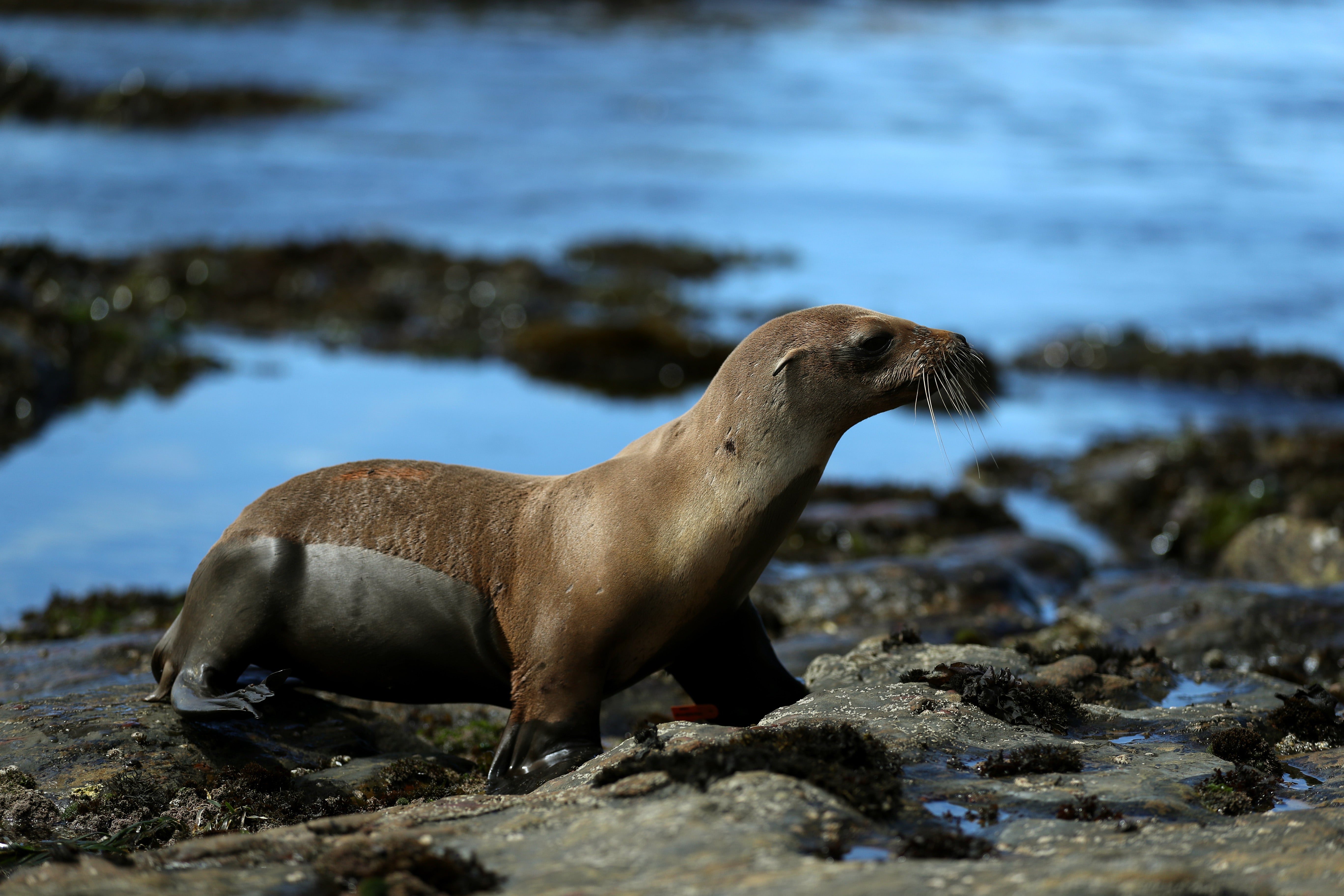Bigger brains do not always mean more smarts, research shows
Researchers say the ‘big equals smart’ assumption may not always be the case, Chantal da Silva reports


Does having a bigger brain mean having more intelligence? Not necessarily, a new study has found.
Published on Thursday in Science Advances, new research shows that the relationship between larger brains and “intelligence” in mammalian evolution is not as clear-cut as one might think.
In evolutionary science, mammals are typically considered big-brained “when their brain volume is large relative to their body mass,” Vera Weisbecker and Jeroen Smaers, two of the researchers behind the new study, wrote in an article for The Conversation on Thursday.
Often, there is an assumption that “big equals smart” when it comes to research on the evolution of brain size in mammals, Weisbecker, an associate professor at Flinders University, Smaers, an associate professor at Stony Brook University, write.
The idea driving that assumption is that that relatively large mammalian brains typically evolve in situations where natural selection would favour intelligence.
However, in their study, the researchers sought to question that assumption, raising a new possibility: “What if it’s not brain size that became larger, but body size that became smaller?”
Seeking to answer that question, researchers assembled the largest data set of brain and body masses of mammals to date, they said.
Researchers analysed size data for at least 1,400 mammal species, including 107 fossils, and assembled an evolutionary tree for the species.
“This allowed us to ask how brain and body size have related to each other throughout the evolution of mammals, starting from before the extinction of dinosaurs,” the researchers said.
What they found was a “mixed bag of results”, with the data showing varying evolutionary trajectories in brain and body sizes among species.
“For example, elephants are large, large-brained, and also known to be very intelligent,” the researchers said. “We saw that this combination arose through the elephants undergoing an even greater increase in brain size than expected for their large body size.”
“In contrast, the evolutionary lineages for humans and dolphins—both among the largest-brained mammals on Earth—were particularly unique in having larger brains but smaller bodies compared with their close relatives,” they continued. “This unusual combination makes their brains spectacularly large among mammals.”
Generally, the study found that some mammals that are known to be highly intelligent appear to have undergone stronger natural selection when it comes to body size compared to brain size.
Using the California sea lion as an example, the researchers said the coastal eared seals have unusually small brains relative to body mass.
They say this is because when the evolutionary ancestors of seals and sea lions began to live in the water, evolution favoured growth in body size.
“This means California sea lions’ relative brain size is much smaller than expected, given their intelligence. So how are they so smart?” the researchers wrote. “One possible explanation is that, despite their relatively smaller brain size compared with their close relatives, California sea lions have up to four times more volume dedicated to brain areas that support intelligent behavior, such as learning complicated tricks.”
The researchers also found that major events in evolutionary history have had a long-lasting impact on mammals’ brains, with the extinction of dinosaurs 66 million years ago seeing an acceleration in brain size growth relative to body mass.
While more questions remain, the researchers said their findings show that the evolutionary background of mammals must be considered when it comes to understanding their intelligence.
And while size may be a factor, it certainly isn’t everything, as is the case with the California sea lion, researchers found.
Join our commenting forum
Join thought-provoking conversations, follow other Independent readers and see their replies
Comments